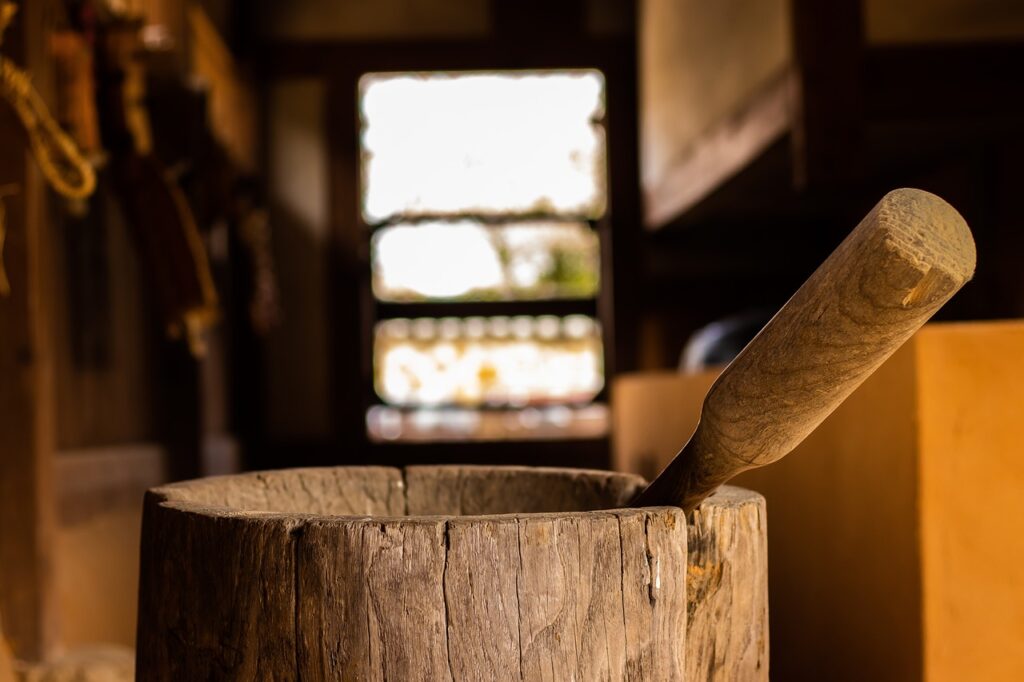This month’s GEH reading group meeting was full to the brim with discussion, opinions, emotions and history! We read The Good People by Hannah Kent, and as ever with our group, it evoked a mixed reaction from our readers.

The novel tells the story of the newly widowed Nóra , left to care for her young grandson Micheál in the Irish countryside in 1825. Based on a real story, we’re told that Micheál has a debilitating condition which means he is now unable to walk or talk, despite previously being a healthy child. Mary is hired to help look after the boy, and together with the village’s healer Nance they try to cure Micheál. The rumours are that Micheál is a changeling child and that the fairies (not the good ones!) have taken the real Micheál, so the three women work together to bring him back home. The story weaves together folklore, history, religion, and shows the danger of a little knowledge. Knowing that the book was based on a true story was a hinderance for some readers as they then anticipated the ending. There’s more at https://en.wikipedia.org/wiki/Death_of_Michael_Leahy
We discussed the book at length, and a number of readers also sent their thoughts through before and after the meeting. Our review this time is mostly in the words of our readers:
“The book was a “slow burner” initially, (I don’t tend to choose to read historical fiction), however I found I did want to get to the end… “
“I really, really enjoyed this one, I’m interested in reading other materials now as well around Irish folklore.”
“I think the book makes you think about life in the early 1900 century and the beliefs, superstitions and traditions of living in a poor rural community. For example if it hadn’t been written Mary had bare feet I would have automatically presumed she was wearing shoes and Nance’s goat living in the same room as Nance, imagine the smell! “
“The use of plants and herbs in medicine are still used today and so these traditions have continued into the 21st Century with still a mixed reaction as to whether homeopathy really works… Nance had lived in the community for 20 years with locals going to her for cures, my interpretation is that the local community had only recently turned on her because of the recent bad luck… and I think she sensed the change and was hoping for the Micheal’s cure to prove to the local community that the bad luck was not her doing.“
“I think Nance’s role as the doctress is really interesting – doing what we would now call homeopathy, natural remedy – all happily back in vogue now! Interesting question about gender role here – if she were male, would her ‘eccentric’ ways be more tolerated?”

“Nóra was desperate for Micheal to be brought back to her… She had to deal with the grief of losing her husband, daughter and grandson and I felt her grief was not really explored in the book. “
“Sympathy for Nóra’s character – for me, this varied throughout the book. The opening scene of sudden widowhood, and the demands on her as a carer to a disabled grandson obviously invite sympathy, but then her disconnect from Micheál is hard to see – and some of her actions to try to get the fairies to return her actual grandson we can see are simply child abuse, and shocking.

“Of course we have hindsight, knowledge and a different society to Nóra – I would guess Micheál has something like Muscular Dystrophy which we would be able to diagnose, inform – not available at this time, so the reasoning of the changeling is understandable – one minute the 2-year old is progressing well, then without warning he becomes the sad “cratur” – you can see why folk would think he had been swapped!”
“Mary was a child who had come from a large family in another poor community. I think it came naturally to her to look after Micheal even though she was initially shocked at his physical health and she even states she should have taken him home to her family. I think she questioned Nóra ’s attitude and lack of affection towards Micheal and her faith made her question Nance’s cures.”
As a group we found some parts difficult to read, especially from our modern viewpoint, we thought that some aspects read as “faux-Irish” and wondered about racial stereotyping. The Irish phrases scattered through the book weren’t favourably received, with some questions about the translations. There were questions about Nóra’s ability to hire Mary despite living in abject poverty. However, we felt some acceptance of the beliefs of the time, and how these led to the idea that Micheál was a changeling and the actions of the women. We won’t spoil the plot here, but on the whole we felt the ending was understandable as well as being desperately sad for some and with a glimmer of hope for others. As one reader remarked “every saucepan’s got a lid”! It certainly piqued interest in Irish folklore within the group, and in the historical context of the novel.
To read more about how the author found herself inspired by history try https://lithub.com/how-much-actual-history-do-you-need-for-a-historical-novel/

Our next book is chosen to celebrate Pride month. We’ll be reading The secret life of Albert Entwhistle by Matt Cain, and you’re all invited to the reading group meeting at 12.30- 1pm on 6th July 2023.
Find out more about our reading groups here
Take a look at the blog posts for our previous reads here.
Image 1 by Simon Massey from Pixabay Image 2 by Herbert Bieser from Pixabay
